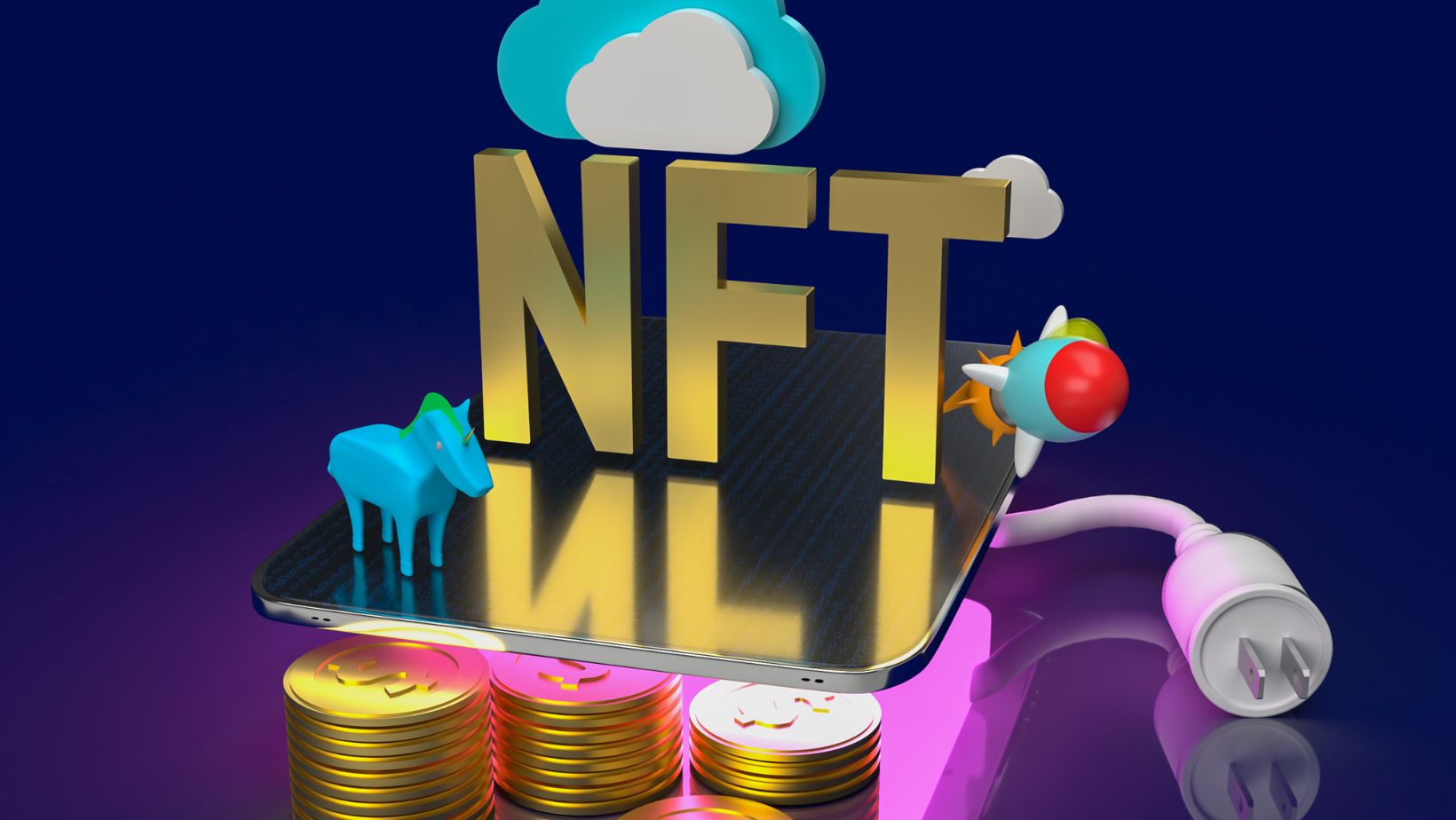
For years, sponsorships have been the primary source of income in global athletics. Since the beginning, funding has always pertained to visibility, prestige, and business alliances. Everything from brand logos sewn on jerseys to corporate flags draped over stadiums. But now, in the age of digitalization, everything is different.
What used to be an important marketing strategy has now shifted into a more prominent sponsorship role. Social media partnerships, virtual property, and NFTs funded by blockchain are some examples of where sports franchises, as well as fans, can engage, and where sponsors quickly venture to leverage technological fandoms.
From Fabric to Feed: The Digital Shift
In the past, a brand’s biggest achievement was having its logo appear on a player’s jersey or a team’s training kit. Their visibility was limited to the field. Social media has allowed athletes to become influencers, giving sponsors access to millions of followers with a single click.
Brands are certainly willing to pay more for integrated digital storytelling rather than for a logo on a sleeve. Static billboards can’t compete with the attention and engagement generated by a cricketer’s behind-the-scenes video, a footballer’s TikTok dance, or a UFC fighter’s training vlog.
The online space also allows sponsorships to tap into niche segments. For instance, the rise of fantasy leagues and digital bookmakers, such as online cricket betting, has created a whole new market where data, odds, and live commentary merge into real-time branded experiences. In this environment, visibility means interaction, not just exposure.
NFTs and the Ownership Revolution
The introduction of NFTs, or non-fungible tokens, is actually quite interesting from the point of view of sports sponsorship dealings. Nowadays, Diehard fans can digitally own player cards and jerseys as exclusive assets.
From a sponsor’s perspective, NFTs serve much greater purposes than collectibles; they help forge lasting loyalty. A branded NFT possesses sentimental value for fans but also represents a virtual bond with the athlete, their brand, and the sports team they love. While Sorare and NBA Top Shot are just some of the NFT platforms, they have proven the efficacy of engaging Gen Z audiences, who love digitally owning things, unlike other generations.
Some football clubs have built branded virtual metaverse stadiums that serve as a new frontier of immersive sponsorship.
A Two-Way Street
Customers value brands on more than a monetary basis. Sponsorship nowadays comes with a need for deeper connection with fans surrounding them. Achievements of supporting community training centers, showcasing content that truly incorporates fans into the event, or even acting as a fan’s biggest supporter portrays the reality of brand involvement.
Stop calculating the revenue obtained through selling tangible assets when planning on sponsoring funds; instead, put your passion into streaming events, co-marketing, augmented reality add-ons, NFTs, or even digital currency.
The industry is shifting focus from transactional sponsoring to participatory sponsoring, which promotes engagement or bonding. If these collaborations are well executed, they are seen to be less of advertisements and more of acknowledging each other.
Key Milestones in Sponsorship Evolution
| Era | Sponsorship Focus |
| 1970s–90s | Logos, stadium banners |
| 2000s | Broadcast sponsorships, event naming rights |
| 2010s | Athlete influencers, branded content |
| 2020s–present | NFTs, metaverse, betting & digital platforms |
Betting and Brand Synergy
The activity, which combines marketing and betting, is arguably one of the most controversial yet profitable forms of sponsorship. As sports betting becomes legalized or heavily regulated in various parts of the world, we see an explosion of partnerships between teams and betting platforms.
For South Asian fans, especially cricket fans, these platforms provide immersive experiences beyond mere betting, amplifying their engagement with every match. Brands such as MelBet BD showcase an understanding of regional trends by providing Bangladeshi users customized content on localized platforms.
Unfortunately, notoriety also brings scrutiny. Numerous sports leagues are now enforcing policies for better-targeted responsible advertising to minimize damage inflicted by overexposure to these messages on young audiences. Having reliable policies on transparency and ethical data treatment will become crucial for the future of betting sponsorship.
The Road Ahead
As technology grows in sports, so do the sponsorships. Virtual experiences, AI with blockchain, and so forth have many more capabilities. Nonetheless, the main idea remains: the sport’s emotional force.
Predicting what types of sponsorships will flourish in this new era is rather straightforward. Not only their adaptation to technology trends, but also to alterations in fan participation is important. A logo, on the other hand, will always be important since, as tiny as it may be, it tells a part of the story in a globalized world full of digital memorabilia, streaming, and so on.














